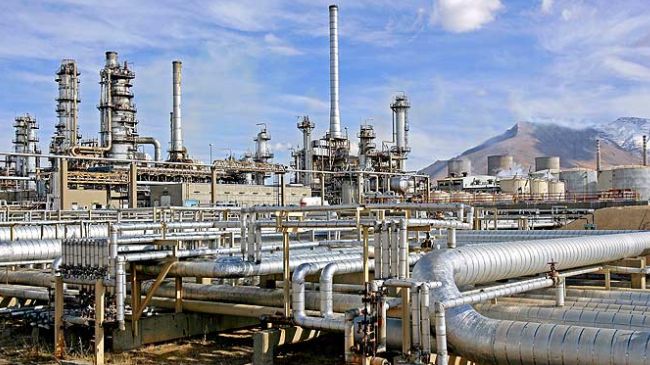Observation of Stress corrosion behaviour of Nickel based alloys
Usually it is understood that pure metals are more resistant to environmental assisted cracking as compare to alloyed metals because pure metals have lower mechanical strength and high ductility. For instance, it is said that commercially pure nickel is not prone to stress corrosion cracking, until unless it is heavily cold processed at high temperatures of above 250oC concentrated caustic solutions and liquid metal.
Nickel-Copper Alloys
Ni-Cu alloys like Monel 400 are not highly susceptible to stress corrosion cracking because but it is attacked in acidic solutions comprising of mercury salts, in liquid mercury, in hydrofluoric acid and in fluosilicic acid. Age hardenable Monel K500 is used in marine applications as shaft and bolts because of its high strength, although, it may be sensitive to hydrogen embrittlement. This grade is also widely used in sour service in oil field services. Various oil wells field cracking of Monel K500 were due to an intergranular cracking mode. The damages can be featured to a hydrogen embrittlement mechanism due to cathodic protection or as the alloy was coupled to mildly corrosion resistant carbon steel
Nickel-Molybdenum alloys
The major application of Nickel-Molybdneum alloys is in high temperature reducing acids. The nickel alloys containing about 30% molybdenum offer outstanding resistance to general corrosion in reducing acids. As they also contain about 70% nickel, they resist stress corrosion cracking in hot concentrated chloride solutions. C-shaped samples of Hastelloy B and B2 that were cold processed by 50% are found to be immune to cracking after evaluation for seven days in 25% NaCL and in similar chloride concentration of CaCl2 and MgCl2 at 121oC, 149oC, 177oC, 204oC and 232oC. Although when Hastelloy B2 is subjected to temperatures about 550oC to 850oC, its ductility is compromised due to solid phase transformation that develops intermetallic phases.
Nickel-Chromium-Molybdenum alloys
One of the major drawbacks of stainless steels is that these alloys are prone to chloride induced localized corrosion like crevice corrosion, pitting corrosion and stress corrosion cracking. Ni-Cr-MO alloys like Hastelloy C276 is the most resistant alloy to the traditional chloride based localized corrosion that creates problems for austenitic stainless steels and limits their service. In few conditions, stress corrosion cracking was found in high strength Ni-Cr-Mo materials, although cracking only occurred in the vigorous conditions like at temperatures above 200oC, pH below 4 and in availability of hydrogen sulfide. The samples of Hastelloy C2000,C22 and C276 were found resistant to cracking in boiling 154oC, 45% MgCl2 solution after testing for 1008 hours.
Nickel-Chromium-Iron-Molybdenum alloys
This group of nickel based alloys includes Inconel 600, Incoloy 800, 825 and Hastelloy G30. Major applications of Inconel bar made from grade 600 are in steam generators in nuclear power plants, and they are studied for their behaviour against SCC conditions such as in hot water and caustic solutions. Inconel 600 experiences stress corrosion cracking in high temperature pure water during service and in lab. Considering its service in the nuclear plants, the stress corrosion cracking of Inconel 600 in pure water and in caustic solutions has been widely studied over the past three decades.


